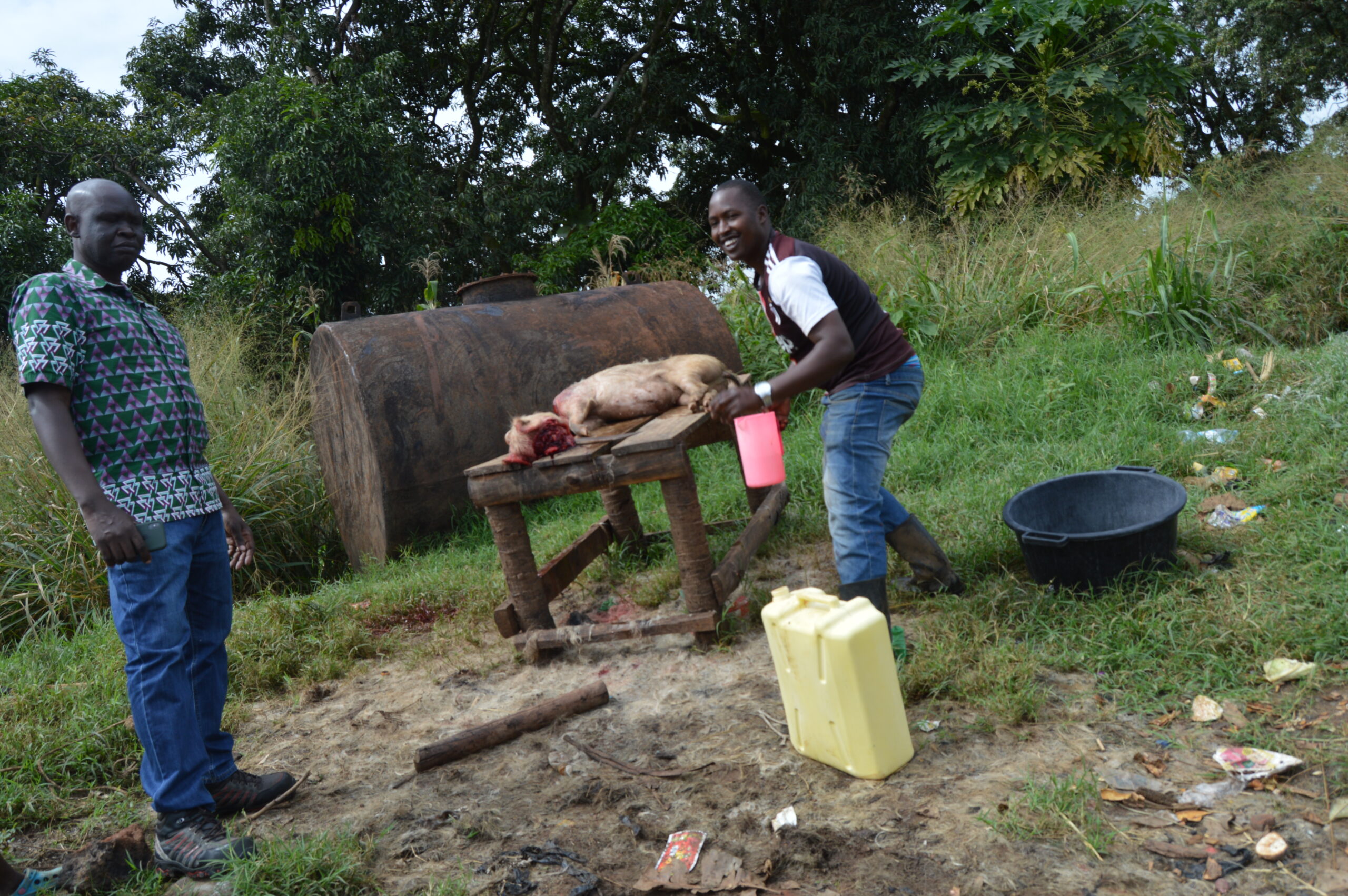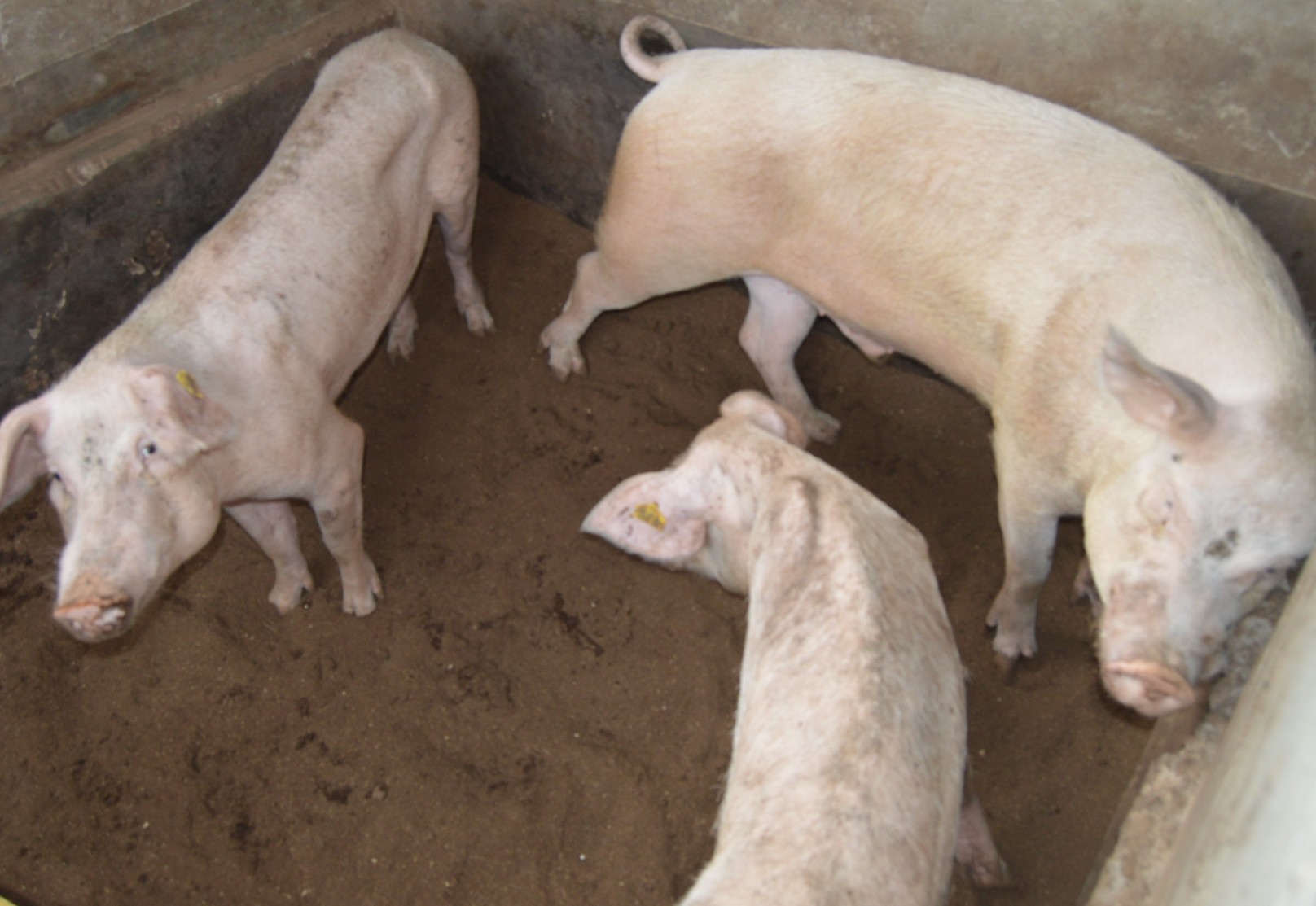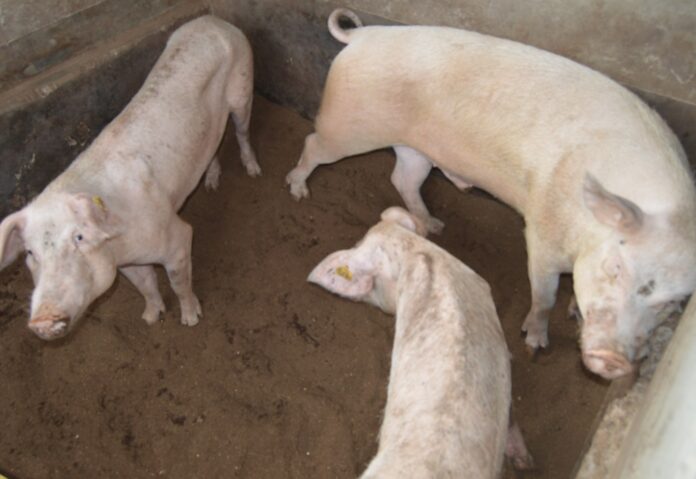By Maina Waruru
Gulu District, Uganda: Until February 2021 Charles Okello was just another smallholder farmer, doing mixed cropping and livestock keeping like thousands of others in the northern Uganda region.
On his farm in Paicho Sub-county of Gulu district, grew maize, beans, bananas, and millet among other crops while keeping pigs on the side.
The good thing with pigs is that unlike crops they matured fast, and got ready for the market, unlike some crops that took as much as half a year before harvesting and getting readied for the market.
Unlike others, Okello is now an elected leader holding the position of Local Council Chairman for Local Council III in Paicho area, representing some 16,000 residents.
Being an elective seat, the position did not just come his way for he campaigned for it using his own money, beating rivals to win the seat at the age of 36 years.
To win the seat he spent no less than 13 million Uganda shillings, money that he partly raised from his pig venture, while part of his support was because he is a model farmer, a farmer trainer, a leader, and a founder of the local Chwero Pig Farmers Association.
“Without the money from my pig farming venture and without being an example to other farmers, and had I not been a farmers’ mobilizer, I would not have beaten my competitors to win this seat,” the now politician and farmer say.

Okello’s success as a pig farmer is attributable to his engagement with the Enhancing Pig Production and Marketing for Smallholder Farmers’ Livelihood Improvement in Northern Uganda (EPMSNU), implemented in the region by Gulu University under the Transforming African Agricultural Universities to meaningfully contribute to Africa’s growth and development (TAGDev).
The TAGDev program initiative is a partnership between the Kampala-based Regional Universities Forum for Capacity Building in Agriculture (RUFORUM), and the MasterCard Foundation. It aims to transform African agricultural universities and their graduates to better respond to developmental challenges through enhanced application of science, technology, business, and innovation for rural agricultural transformation.
The project has taught Okello not just how to keep healthy animals and to do so profitably, but also on marketing. For the first time, it has also introduced a technique that reduces foul odour in pigsties, one of the biggest deterrents to keeping pigs among smallholder farmers, many of whom keep the animals on their compounds close to their houses.
The Indigenous Micro Organisms (IMO) technology allows reduces the smell in pig housing, allowing farmers to live with the animals close to their houses, without spending a lot of money to construct expensive concrete floor pig sties, say Prof Elly Ndyomugyenyi, the Principal Investigator (PI) for the project.
“The technique uses locally available material including rice, maize flour or maize bran, cassava peelings or any other source of carbohydrates which are then mixed with water and sugar to provide a solution that grows bacteria that feeds on compounds responsible for the offensive smell,” the Gulu University don explains.
After the materials are mixed they are wrapped in and stored in a hole under shade for five days after which the liquid resulting from fermentation is sieved from the mixture and stored. It is later diluted with water and sprinkled on the “deep litter” floor in the pigsty at intervals, to manage odour, the professor told Talk Africa.
Deep litter floors are common where farmers do not have the capacity to make a concrete floor, instead opting to use local materials such as sawdust, coffee husks or wood shavings, and clay bricks and glass to complete a pigsty.
“The IMO includes bacteria such as streptococcus and other natural good bacteria and acts by feeding on amino acids that produce ammonia and related compounds responsible for the odour,” he explains.
Where the smell is managed, the lecturer says, it becomes possible to keep pigs within ten meters of houses in a compound compared to about 40 meters where nothing is done to control it.
The IMO solution according to the lecturer has many advantages apart from controlling the stench- a result of pig manure. It can be used as a dewormer and as a disinfectant to give pigs healthy and good-looking skin, Prof Ndyomugyenyi explains.
“Pigs raised on deep litter floor treated with IMO solution had better weight gain than those raised on untreated deep litter floor. Pork from pigs raised on untreated deep litter floors contained higher amounts of unsaturated fatty acids, studies have shown,” he adds.
This means that in the market the animals fetched better prices thanks to leaner meat with lesser fat.

It is not for nothing that the project has focused on improving pig production. Ugandans are the highest consumers of pork in East Africa at 3.4 kilograms per capita a year and lead the region with a population of 3.6 million pigs. This provides livelihoods for more than 1.1 million households, according to the International Livestock Research Institute.
Among other things, only 14% of farmers in the Amoro and Gulu districts of the region kept pigs compared to 56% in the central region of the country, the professor observes.
Prior to the coming of the project in 2017, a survey had further established none of the farmers was using artificial insemination on the animals, used feeds formulated from local feedstuffs, or applied IMO technology for pig production.
The project did not just deliver on the IMO part, as its objectives were broad and targeted at addressing the entire pig value chain from production to marketing which necessitated other interventions including the question of feed and improvement of breeds, the PI notes.
One of the major management practices it taught is how to avoid the spread of the highly contagious African Swine Fever (ASF), a deadly disease that kills millions of pigs around the world, many of them within hours of contracting it.
The disease is spread by the movement of pigs and people from one farm to the other, and one way of taming its spread is via observing high standards of hygiene according to Dr. Tom Aliro who teaches veterinary medicine at the university and works at the project too.
A combination of hygiene practices such as sanitizing feet before entering a pigsty and avoiding the use of a communal boar to mate sows are some of the practices that help in avoiding the disease.
“A well-made deep litter sty where charcoal sawdust and soil are mixed at the right ratios combined with the use of Artificial Insemination in the place of a boar are some of the measures we have taught farmers that can help keep the disease at bay,” he says.
One person who feels the effects of the disease is Geofrey Odoch, a youthful farmer and butcher at Dwere village, who is now struggling to meet his demand for pork orders from butcheries and hotels in Gulu town.
While he has a ‘limitless’ order for pork he can only manage between 30-40kgs of pork daily, thanks to a shortage of pigs in the area caused by an ASF outbreak between February and May this year.
“With the support of the university project we have come together under the Chwero Pig Farmers Association where we share knowledge on good husbandry and how to profitably run pig-keeping,” the model farmer says.
Through the association they also learn ways of producing good quality pork for higher earnings for animals sold, he adds.














